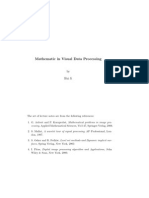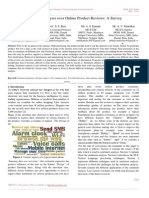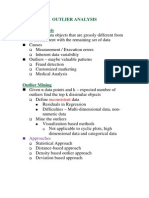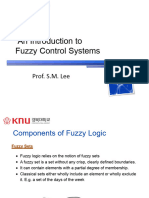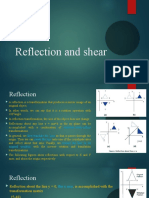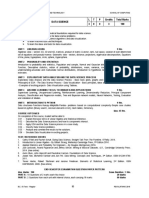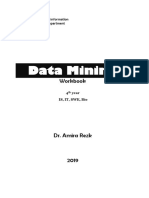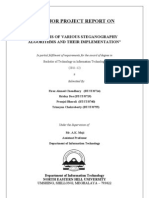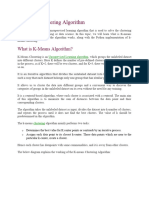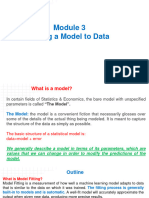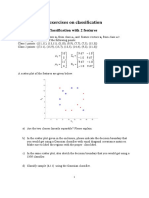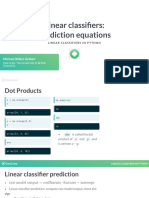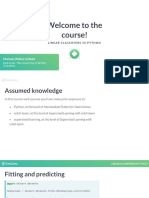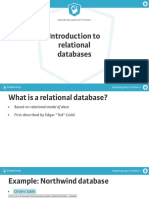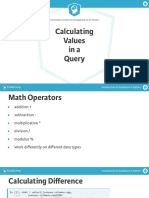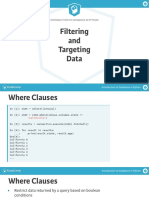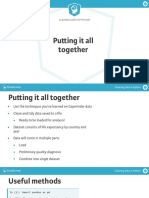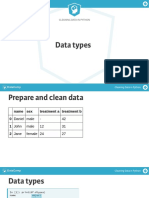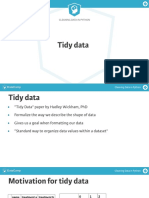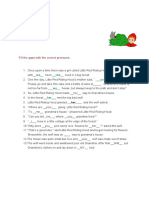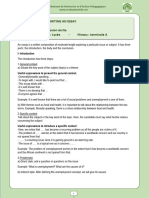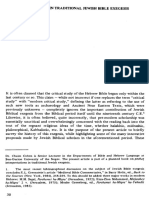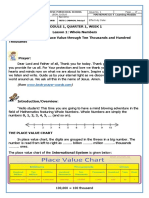0% found this document useful (0 votes)
667 views6 pagesData Mining Cheat Sheet
1. Data mining involves cleaning, integrating, selecting, transforming, mining, evaluating, and presenting data.
2. There are different types of data attributes like nominal, ordinal, interval, and ratio attributes. Distance measures are used to calculate similarities between data points.
3. Popular data mining algorithms include decision trees, naive Bayes classification, rule-based classification using algorithms like Apriori, and clustering techniques like k-means and hierarchical clustering.
Uploaded by
NourheneMbarekCopyright
© © All Rights Reserved
We take content rights seriously. If you suspect this is your content, claim it here.
Available Formats
Download as PDF, TXT or read online on Scribd
0% found this document useful (0 votes)
667 views6 pagesData Mining Cheat Sheet
1. Data mining involves cleaning, integrating, selecting, transforming, mining, evaluating, and presenting data.
2. There are different types of data attributes like nominal, ordinal, interval, and ratio attributes. Distance measures are used to calculate similarities between data points.
3. Popular data mining algorithms include decision trees, naive Bayes classification, rule-based classification using algorithms like Apriori, and clustering techniques like k-means and hierarchical clustering.
Uploaded by
NourheneMbarekCopyright
© © All Rights Reserved
We take content rights seriously. If you suspect this is your content, claim it here.
Available Formats
Download as PDF, TXT or read online on Scribd
/ 6

